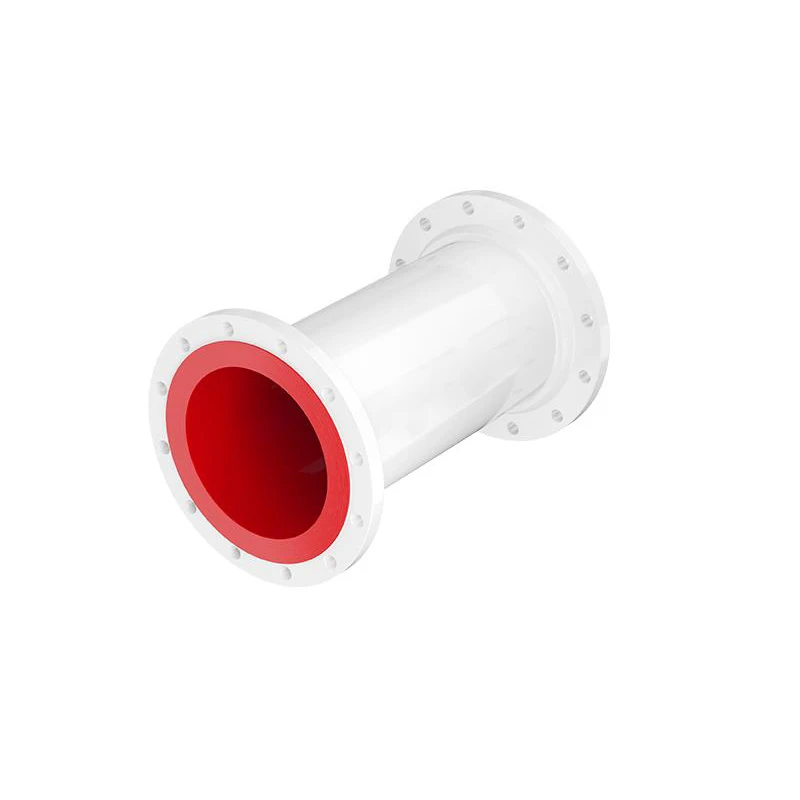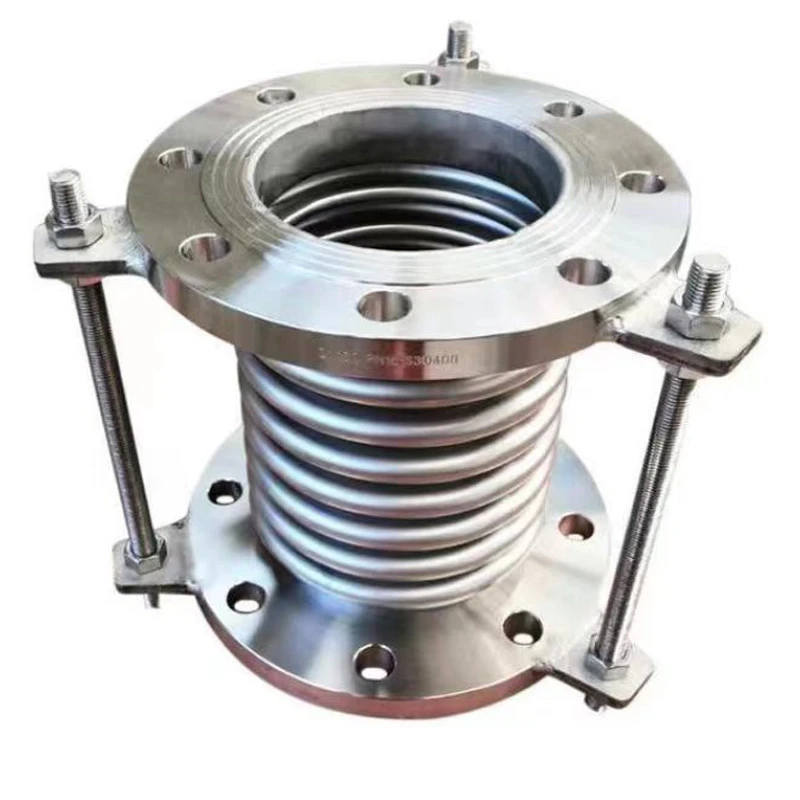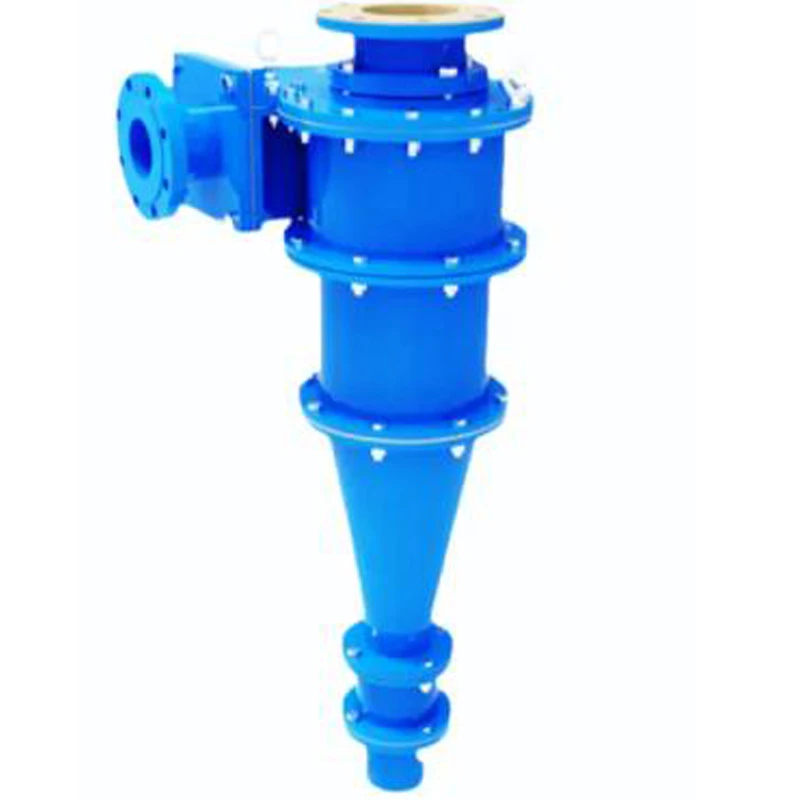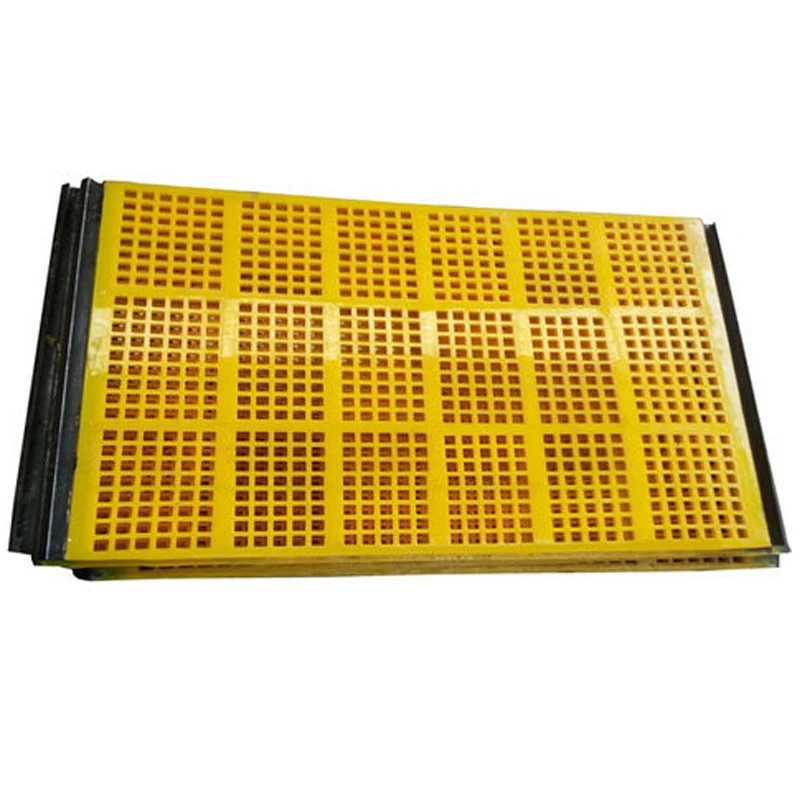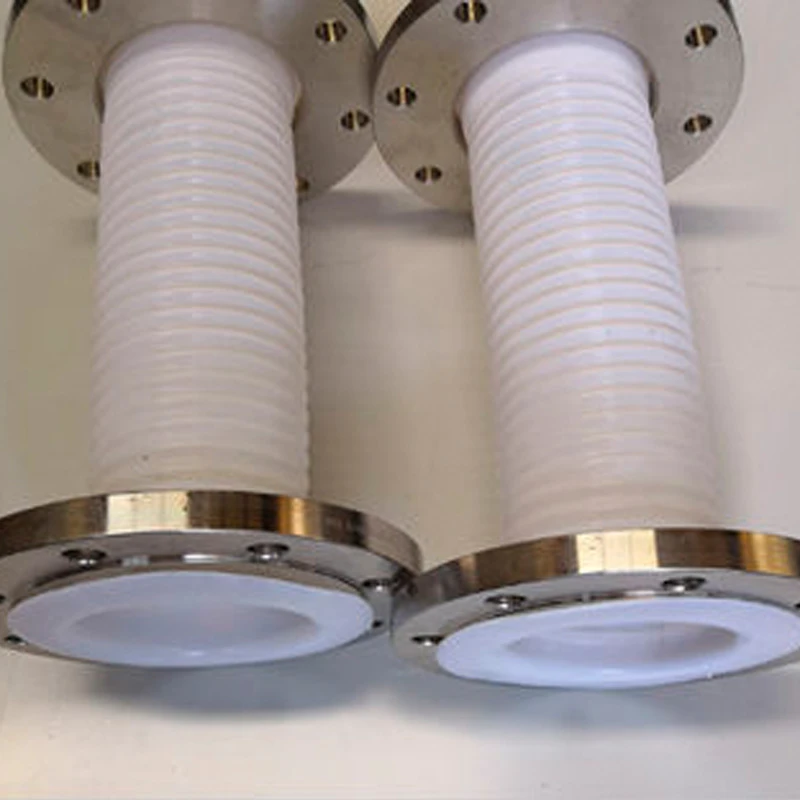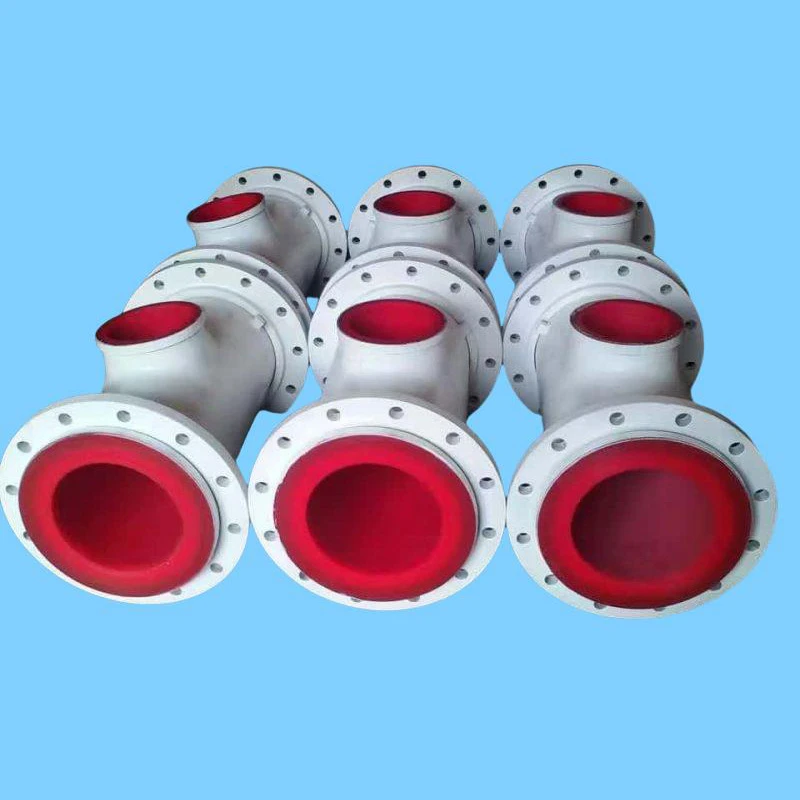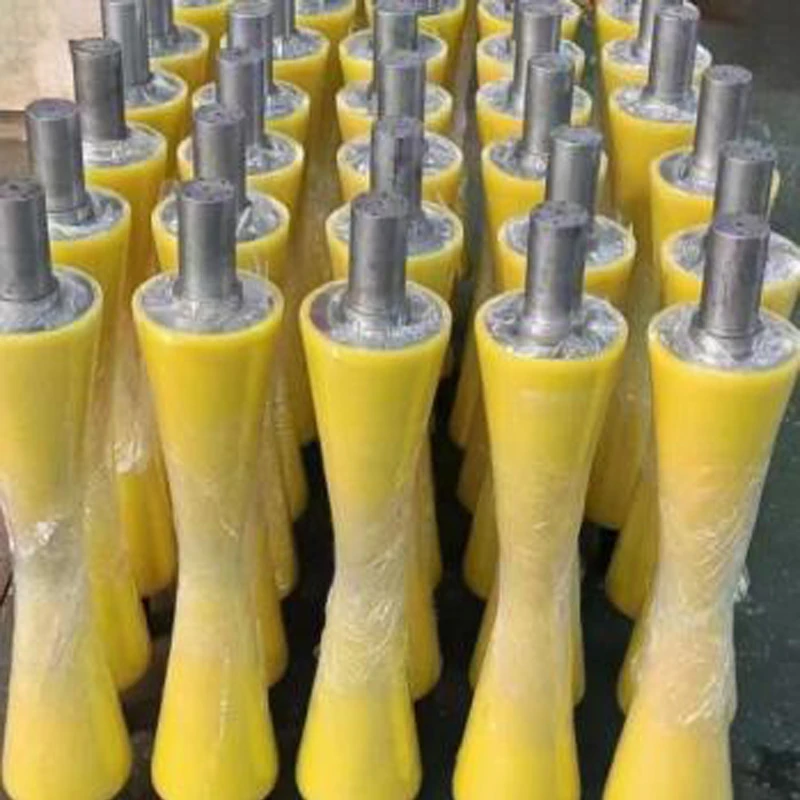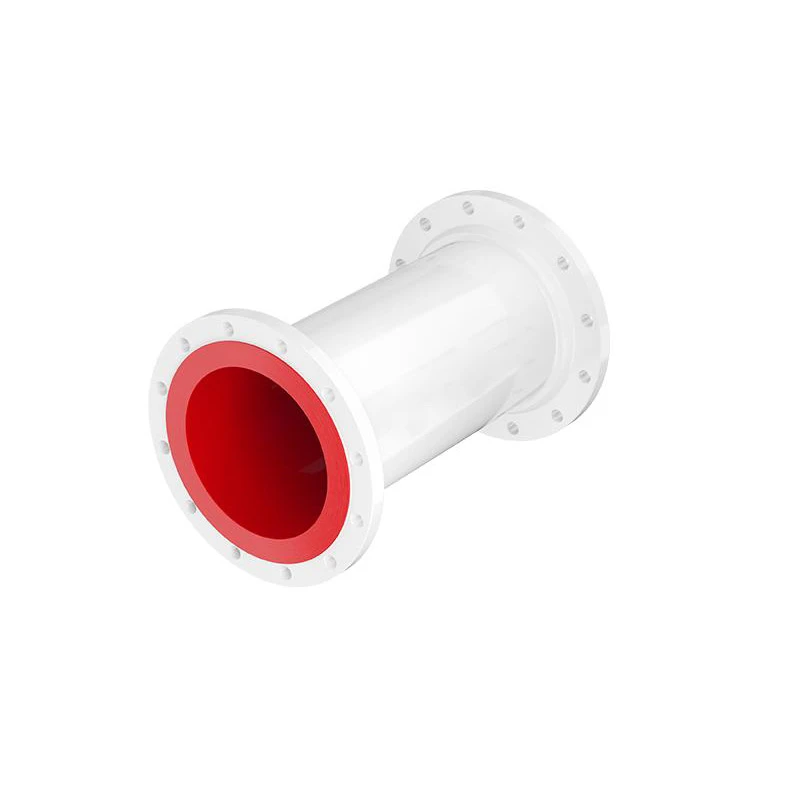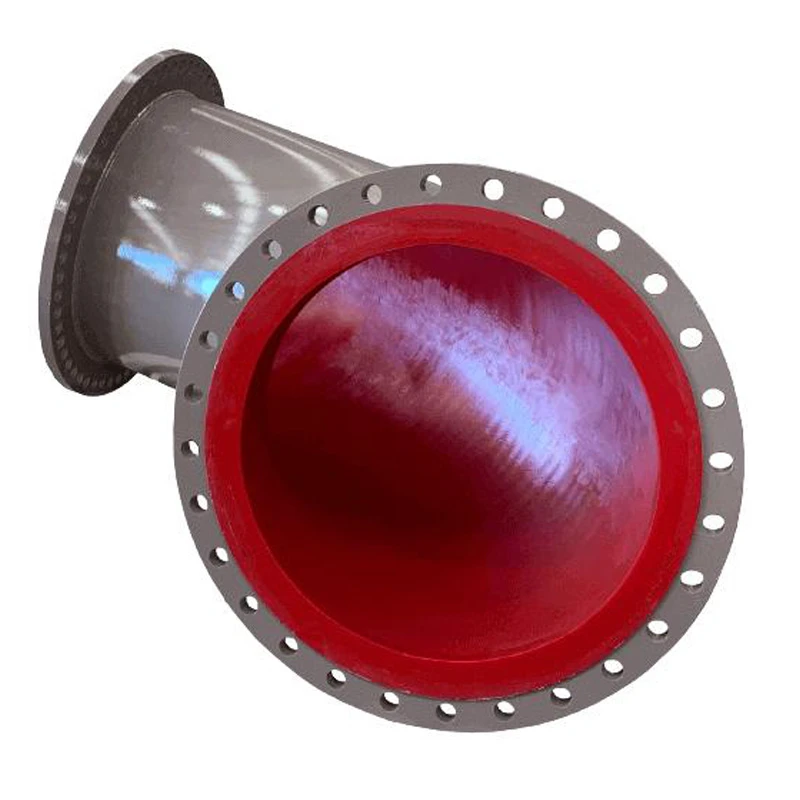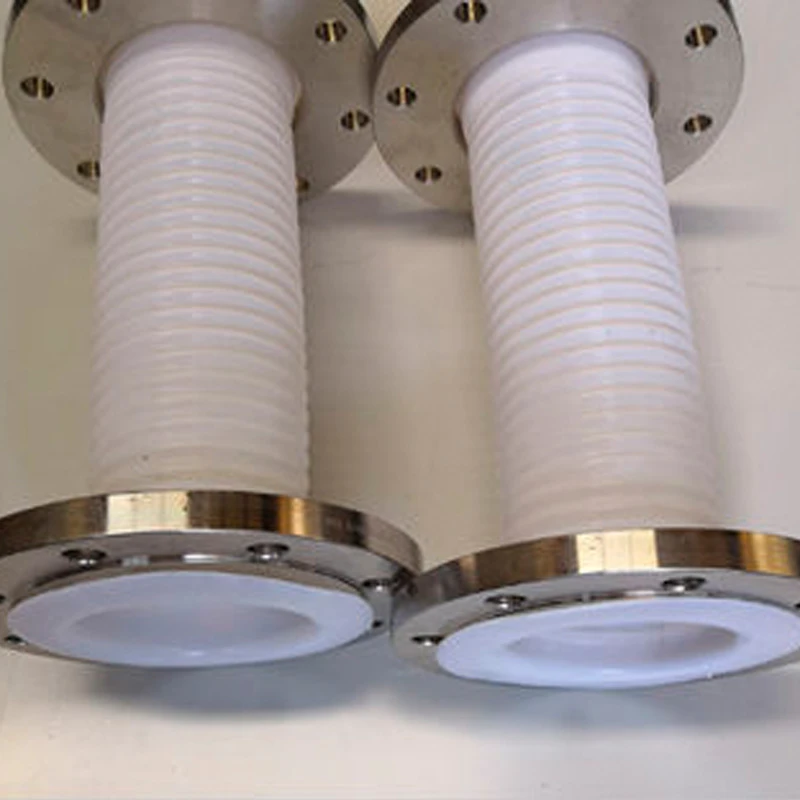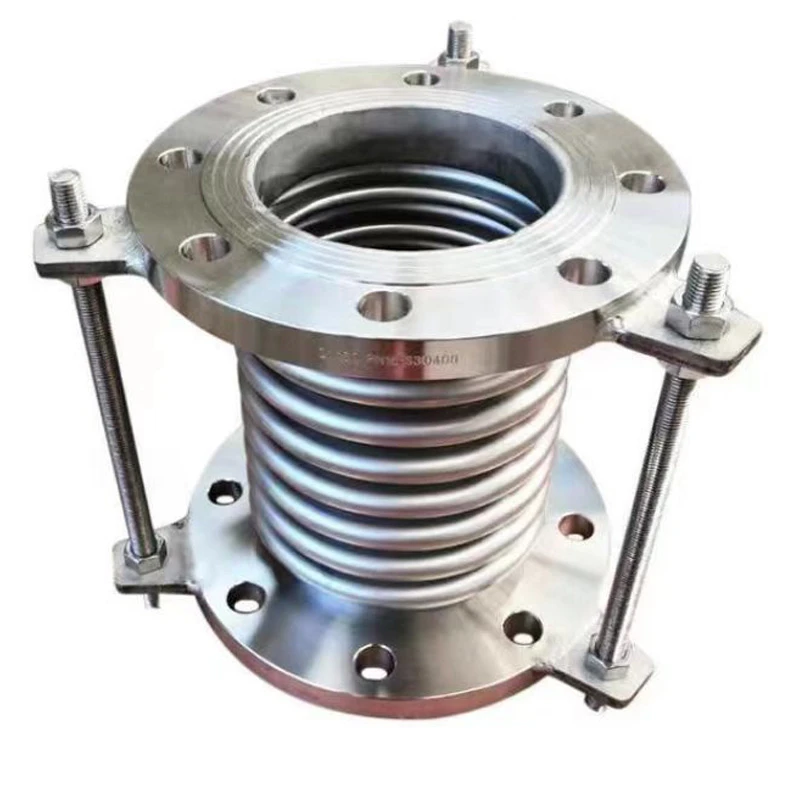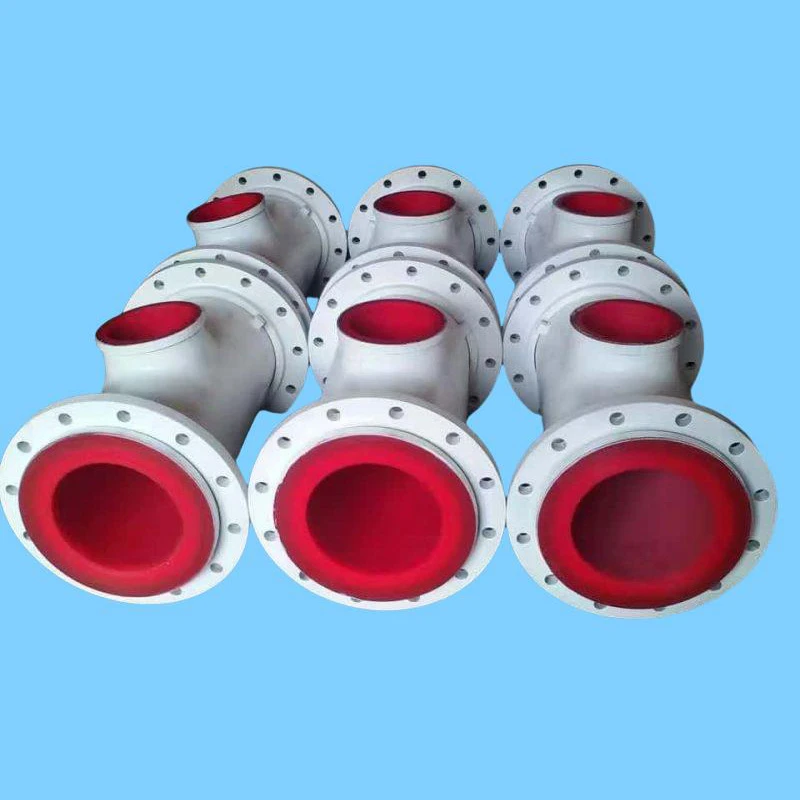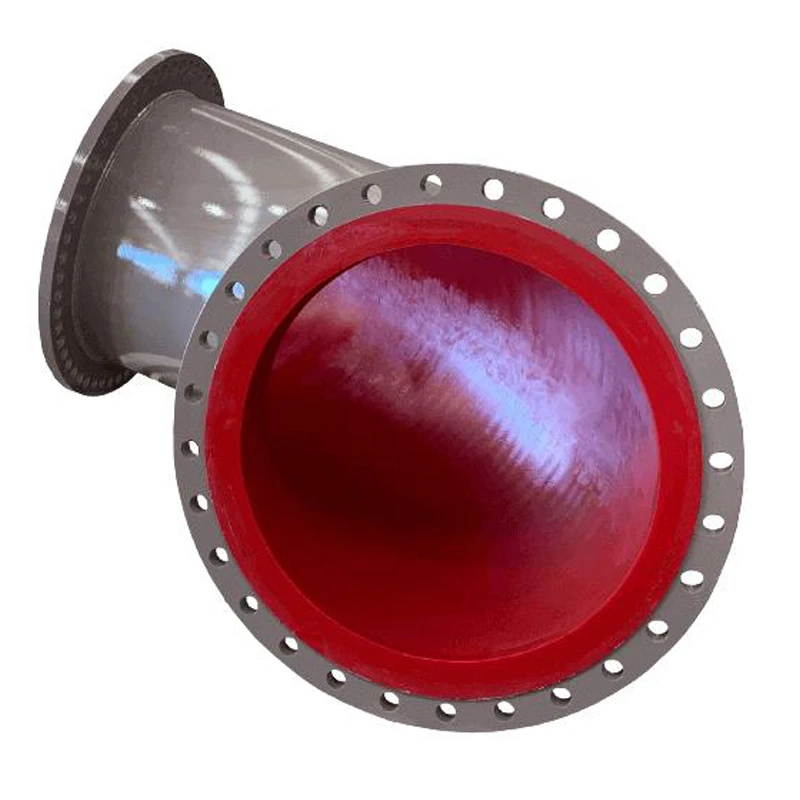A Comprehensive Guide to Selecting the Right Metal Hose and Screening Equipment for the Mining Industry
In the ever - evolving and demanding mining industry, as a wholesaler, your decisions regarding the products you source can make or break your business. When dealing with mining screening equipment and metal hose products, there are numerous factors that require careful attention. This comprehensive guide will walk you through the essential aspects to consider when evaluating products and potential partnerships, covering metal hose, metal hose coupling, metal hose fittings, metal hose pipe, and metal water hose.
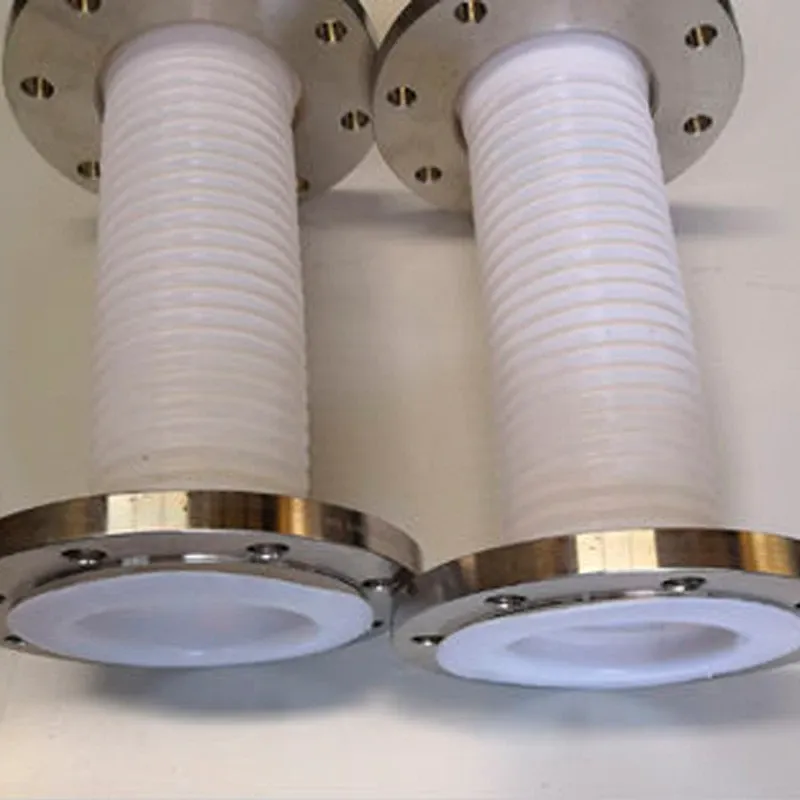
Metal Hose: Material Quality and Durability
When considering metal hose for the mining industry, the quality of the material is of utmost importance. Mining environments are harsh, with high levels of vibration, abrasion, and exposure to various chemicals and extreme temperatures. A high - quality metal hose should be constructed from robust materials such as stainless steel, which offers excellent corrosion resistance and strength. For example, 304 or 316 - grade stainless steel metal hoses are commonly preferred in mining due to their ability to withstand the rigors of the environment.
Metal Hose Coupling: Compatibility and Sealing Performance
Metal hose coupling is crucial for connecting metal hoses to other components in the mining system, such as pumps, valves, or machinery. Compatibility is the first factor to consider. The coupling must fit precisely with the ends of the metal hose and the mating equipment. Different hoses and equipment may have specific thread types, sizes, or connection styles, so it's essential to ensure a proper match.
Metal Hose Fittings: Precision and Ease of Installation
Metal hose fittings play a key role in the overall functionality of the metal hose system. Precision - made fittings ensure a secure and leak - free connection. When sourcing metal hose fittings, check for accurate dimensions and smooth surfaces. Rough or ill - fitting fittings can cause stress on the metal hose, leading to premature failure.
Metal Hose Pipe: Pressure Rating and Flexibility
Metal hose pipe must be able to handle the pressure requirements of the mining operation. Different mining processes may involve the transportation of fluids or gases at varying pressures, so it's essential to choose a metal hose pipe with an appropriate pressure rating. Always select a pipe that can withstand pressures higher than the maximum expected in the system to ensure safety and reliability.
Metal Water Hose: Corrosion Resistance and Flow Capacity
For metal water hose used in mining, corrosion resistance is a top priority. Water in mining environments may contain various minerals, chemicals, and impurities that can corrode the hose over time. Stainless - steel or coated metal water hoses are ideal as they can resist rust and chemical attacks. Additionally, consider the inner lining of the hose. A smooth, non - reactive lining can prevent the build - up of deposits and ensure a consistent flow of water.
FAQ for metal hose
How can I test the pressure rating of a metal hose pipe?
You can request the manufacturer for the pressure - testing reports of the metal hose pipe. These reports are usually conducted in a controlled laboratory environment. If possible, you can also perform a pressure test on a sample hose using specialized pressure - testing equipment. However, this should be done with caution and following proper safety procedures. Make sure the pressure applied during the test does not exceed the rated pressure of the hose to avoid damaging it.
What should I do if a metal hose coupling leaks?
First, shut off the flow of the fluid or gas in the system to prevent further leakage and potential hazards. Then, inspect the coupling for any visible damage, such as cracks in the gasket or misaligned threads. If the damage is minor, you may be able to tighten the coupling further or replace the gasket. If the problem persists or the damage is severe, it's advisable to replace the metal hose coupling with a new one. It's also a good idea to check the condition of the metal hose and other connected components to ensure they are not contributing to the leak.
How do I know which metal hose fittings are compatible with my existing metal hose?
Start by checking the specifications of your metal hose, including the end type (e.g., threaded, flanged), size, and connection style. Then, compare these details with the product descriptions of the metal hose fittings. You can also consult the manufacturer of either the hose or the fittings for guidance. They can provide you with a list of compatible fittings or recommend the best options based on your specific application. In some cases, it may be necessary to use adapter fittings to make the connection work.
Can metal water hose be used to transport chemicals in mining?
It depends on the type of chemicals and the construction of the metal water hose. Some metal water hoses are designed with linings or materials that offer resistance to certain chemicals. However, not all hoses are suitable for chemical transportation. Before using a metal water hose for chemicals, carefully review the hose's chemical compatibility chart provided by the manufacturer. If in doubt, it's best to choose a hose specifically designed for chemical transfer or consult with a chemical - handling expert to ensure safety and prevent damage to the hose.
How often should I inspect metal hose in a mining operation?
Regular inspections are essential to ensure the safe and efficient operation of metal hose in mining. It's recommended to conduct visual inspections at least once a week. Check for signs of wear, such as abrasions, cracks, or bulges in the hose. Inspect the connections, including metal hose couplings and fittings, for any signs of leakage or looseness. For hoses used in more demanding applications, such as high - pressure or high - temperature environments, more frequent inspections may be necessary. Additionally, perform a more detailed inspection, including pressure testing if possible, every few months to detect any issues early.
Verwandte Produkte
Unsere Hauptprodukte sind mit Polyurethan ausgekleidete Rohre, Armaturen für Bergbauausrüstung und Metallschläuche.




